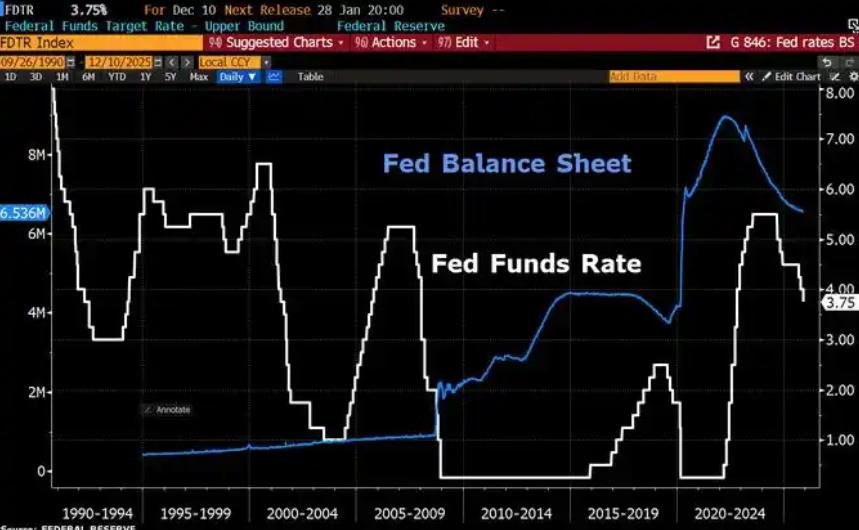
Once upon a time, Apple's new product launch event was a highly anticipated event for technology enthusiasts worldwide, and every new iPhone release could trigger market frenzy and intense discussions. But this year's release of iPhone 17 has been particularly calm, with less heat than before. Apple, which once led the industry trend with innovation and brand charm, seems to have failed to ignite public enthusiasm again this time.
From the perspective of market performance, the "cold reception" of iPhone 17 is very obvious. After the press conference, Apple's stock price fell and its market value evaporated. On the first day of release, the price plummeted, and there was a significant gap between the channel price and the official pricing. The scalpers suffered heavy losses, which is in sharp contrast to the situation of supply shortage and price premium when new phones were released in the past. Pre sale data also shows that consumers' purchasing enthusiasm is not high, and the proportion of Pro Max models has decreased.
The first and foremost reason is the lack of innovation. Apple was once a benchmark for innovation, redefining smartphones with every innovation from multi touch to Face ID. However, the iPhone 17 failed to continue this glory. Although there have been upgrades in terms of configuration, such as the standard version equipped with a 120Hz high refresh rate screen and starting from 256GB across the range, these upgrades are already common in the Android camp. While Samsung's foldable phones continue to iterate and Huawei shines with AI imaging technology, Apple has made no progress in the foldable screen field, and the AI function of the Chinese version of iPhone 17 has not been launched as scheduled, appearing somewhat stagnant. Consumers expect innovation that can bring disruptive experiences, rather than the conventional "squeeze toothpaste" upgrade, which greatly reduces their interest in the iPhone 17.
The lag in AI strategy is also a major challenge faced by Apple. At present, AI has become the core competitiveness in the field of technology, with a penetration rate of over 80% for generative AI in the high-end mobile phone market. Brands such as Huawei and Xiaomi have already seized market share with AI voice assistants, image algorithms, and other features, while Apple has been slow in this regard. The lack of core Apple Intelligence features in the Chinese version of iPhone 17 puts it at a disadvantage in AI competition and raises doubts among investors about Apple's future profit growth, which in turn affects its stock price.
The pricing strategy error is also an important factor leading to the loss of popularity of iPhone 17. Apple has long taken a high-end route with a high brand premium. The price increase of the iPhone 17 Pro series this time, with the top of the line 2TB version costing up to 17999 yuan, has deterred many consumers. In the current changing economic environment and rational consumer attitudes, the high price has greatly reduced the cost-effectiveness of the iPhone 17. Consumers will weigh price and performance, and when they feel that the product they bought for so much money is not cost-effective, they will naturally choose to wait and see or turn to other brands.
The supply chain risks have also had a negative impact on the market performance of iPhone 17. In order to reduce costs and diversify risks, Apple has transferred some production to India. However, quality control issues and high return rates in Indian factories have not only failed to reduce costs, but have also increased costs due to quality problems. In addition, the US tariff policy has increased tariffs on accessories, further compressing Apple's profit margins and raising concerns among investors about its future development.
At the same time, the rise of Chinese mobile phones has also brought huge challenges to Apple. Domestic mobile phone brands such as Huawei, Xiaomi, OPPO, and Vivo have continuously made significant progress in areas such as photography, fast charging, and system localization, even surpassing Apple, and have more price advantages. Consumers can get almost the same or even better experience at a lower price, which makes Apple's once proud brand advantage no longer apparent.
The decline in popularity of iPhone 17 is the result of a combination of factors such as weak innovation, lagging AI, pricing errors, supply chain risks, and the rise of competitors. If Apple wants to regain its former glory, it must rediscover the pace of innovation, accelerate the application of AI technology, adjust pricing strategies, and solve supply chain problems to cope with increasingly fierce market competition. Otherwise, in this rapidly developing technological era, Apple is likely to gradually lose its leading position in the smartphone market.

Since 2022, the Fed has cumulatively reduced its balance sheet by $2.4 trillion through quantitative tightening (QT) policies, leading to a near depletion of liquidity in the financial system.
Since 2022, the Fed has cumulatively reduced its balance sh…
On December 11 local time, the White House once again spoke…
Fiji recently launched its first green finance classificati…
Recently, the European Commission fined Musk's X platform (…
At the end of 2025, the situation in the Caribbean suddenly…
The U.S. AI industry in 2025 is witnessing a feverish feast…